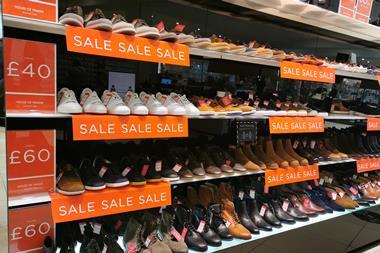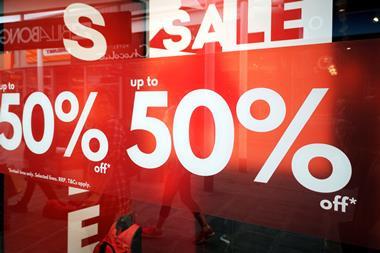Retail price rises are in prospect as industry costs rise and demand increases following pandemic and supply chain disruption.

The rate of shop price decline slowed in May to 0.6% - almost halving on the 1.3% slide in April - to reach its lowest level since February 2020, the BRC-Nielsen Shop Price Index showed.
The lower rate reflected higher commodity prices. The effect of disruption such as the impact of Brexit and the aftermath of the Covid pandemic also contributed to the fall.
BRC chief executive Helen Dickinson said: “It was another good month for consumers looking for bargains as prices fell again, albeit at a slower pace than last month. While clothing and footwear prices continued to fall in May, the pick-up in demand once social restrictions lifted meant this drop was smaller than in previous months.”
Brexit red tape to affect prices this autumn
Furniture and electricals saw prices rise as retailers felt the lingering impact of global supply chain disruption from earlier in 2021.
“Cost pressures are bearing down. Global food prices are at their highest in seven years, shipping costs have risen threefold since 2019, and commodity prices are climbing. We will likely see these costs filter through in the second half of this year, and with the additional Brexit red-tape this autumn, retailers may be forced to pass on some of these costs onto their customers.”
She urged the Government to minimise the impact of new Brexit-related checks and documentation being introduced in October, which could further add to price pressure.
In April non-food deflation slowed to 0.8% versus April’s 1.7%. Clothing and footwear were among the lowered categories as demand rose following the easing of Covid restrictions.
Food price deflation was 0.3% compared to 0.6% in April.


























No comments yet